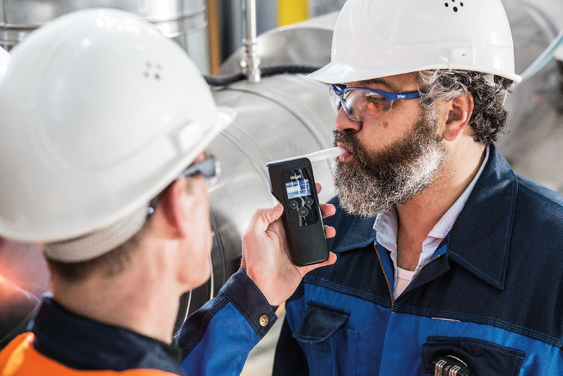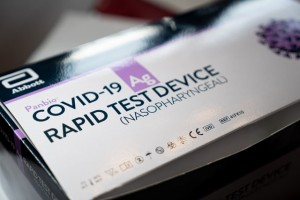Alcohol needs up to 12 hours to eliminate alcohol and its effects from your body. Be wise, be Drugwise and include alcohol testing in your risk management programme.
Breath alcohol testing is often overlooked as part of a workplace testing programme as many workplaces are of the opinion it is easy to tell if a person has “had a few”. Alcohol is our most used and abused of all the impairing substances that can affect a persons ability to do things like drive and operate machinery safely. Drugwise offer breath alcohol testing as part of a routine drug test onsite or can discuss many options so a workplace can identify and eliminate the risk of alcohol impairment very quickly, simply and effectively.
Drugwise use the Draeger breathalysers as used by NZ and many other police jurisdictions around the world.


